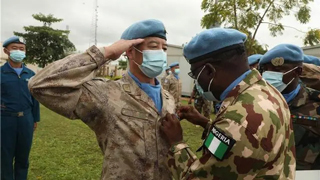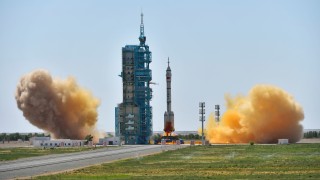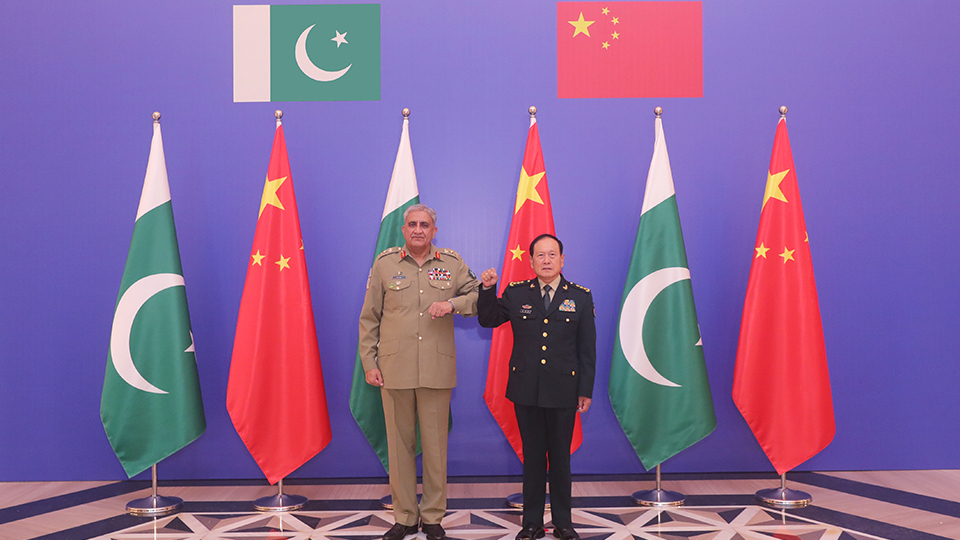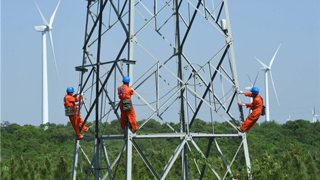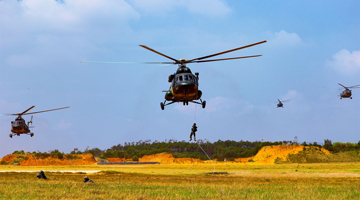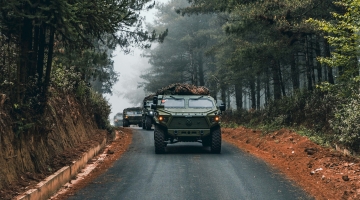
By Lin Yuan
The US released the new National Strategy for the Arctic Region (hereinafter referred to as the Strategy) on October 7, local time, which strategically plans and proposes specific measures for the US advance to the Arctic in the next 10 years.
The Strategy alleged that the US, as an Arctic nation, has responsibilities for the management and protection of the region as Russia and other countries intensify competition in this region, so the US would improve its capability to defend Arctic interests, deter threats to the US homeland and its allies, and mitigate unintendedly escalated risks .
The Strategy released three signals, which may further intensify the strategic game of relevant countries in the Arctic region.
The first is the continuous improvement of the significance of the Arctic. For a long time, the Arctic has never been at the core of the US's global strategy. It was not until 2013, when the Obama administration released its first Arctic strategy, that the US government continued to increase the strategic priority of the Arctic region.
The Biden administration has continued to increase its attention and investment in the Arctic region since taking office. In August 2022, the US State Department announced that it would appoint an "Arctic Ambassador" to be specialized in Arctic affairs. The US Department of Defense announced the establishment of the Arctic Strategy and Global Resilience Office in September. The Biden administration's Arctic strategy not only includes the climate and environmental protection issues emphasized by the Obama administration but also continues the Trump administration's emphasis on security and "major power competition".
The second is the strong military advance. In 2020, the US Air Force, Army, Navy, and Coast Guard have successively released their "Arctic Strategy" respectively, advocating the strengthening of the construction of military bases in the Arctic region. In 2021, the US Army updated its "Arctic Strategy" and announced that it would form a brigade-level force focusing on the Arctic region and build this force into a multi-domain task force featuring intelligence, space, and electronic warfare capabilities to further enhance its military power in the Arctic.
The military ambitions of the US are fully revealed in this Strategy. The US clearly stated in the Strategy that it will strengthen its military presence in the Arctic region, hold regular military exercises, increase the number of icebreakers of the US Coast Guard, and strengthen the construction of basic security facilities.
The third is to gradually demonstrate "Arctic hegemony". The US vigorously exaggerated the influence of other countries on the competition in the Arctic region in the Strategy. It repeatedly emphasized that in addition to vigorously enhancing its own strength and presence in the Arctic region, the US will also strengthen cooperation with allies and partners on Arctic security issues, and the US will maintain a leading role in the process of cooperation. Under the existing international framework for the Arctic, the US will continue to develop new bilateral and multilateral cooperation, as well as the partnerships needed to solidify its interests in the Arctic, according to the Strategy. It is believed that the US may lead its allies to establish new mechanisms, rules, and procedures in the Arctic region, and even develop exclusive and discriminatory standards to set up obstacles for specific countries to participate in Arctic affairs.
Recently, NATO Secretary-General Jens Stoltenberg claimed that as the risk of military conflict in the Arctic region increases, Arctic defense has entered a new stage. The US-led NATO will step up preparations for "high-end" battles, continue to promote the building of combat capabilities in the Arctic in maritime, space, and cyberspace, and accelerate the formation of all-domain combat capabilities in the region to take the lead in the strategic game of the Arctic.
At the same time, Russia said it needs to form a polar force equipped with air defense systems, ships, and aviation in the Foundations of the Russian Federation State Policy in the Arctic for the Period up to 2035. It also needs to strengthen corresponding military training to adapt to the arctic combat environment to effectively maintain its military security in the Arctic region.
It is foreseeable that the game between US-led NATO and Russia in the Arctic region will be more intense in the future. Both sides may have more intensified confrontation on the important source scramble, military base extension, military deployment and deterrent activities.
